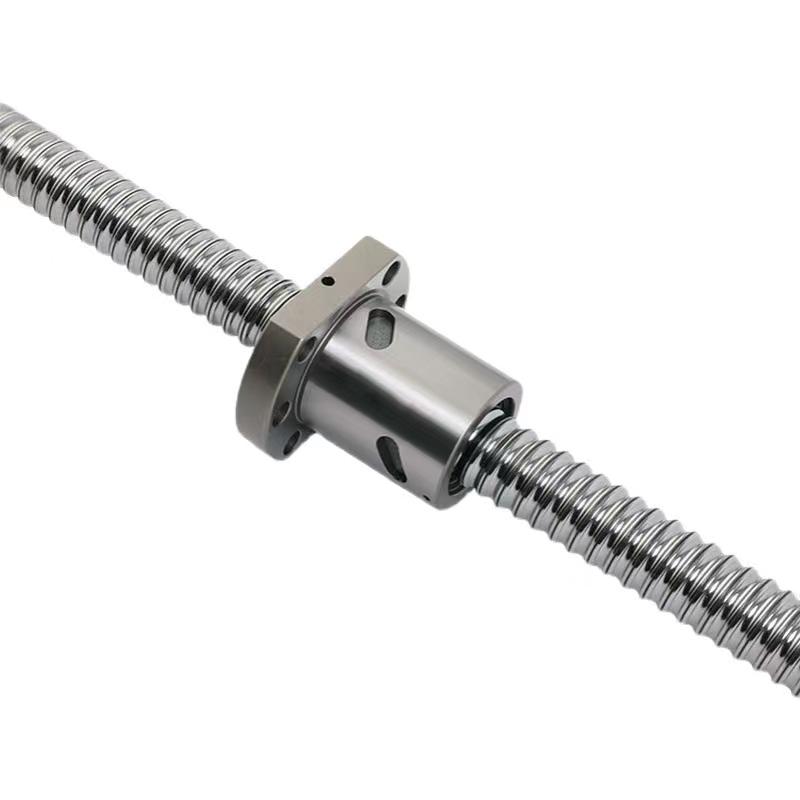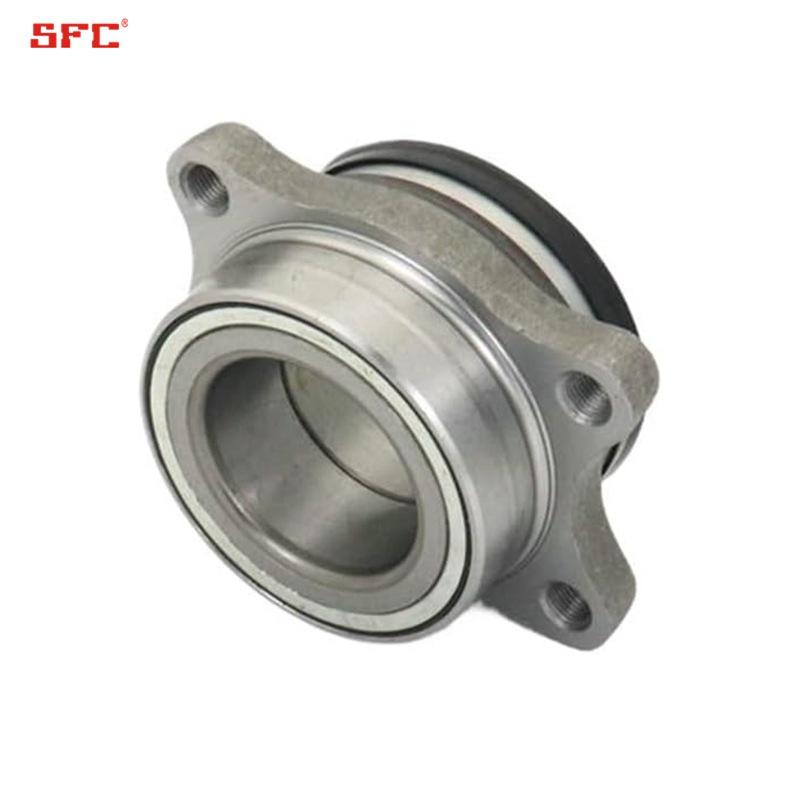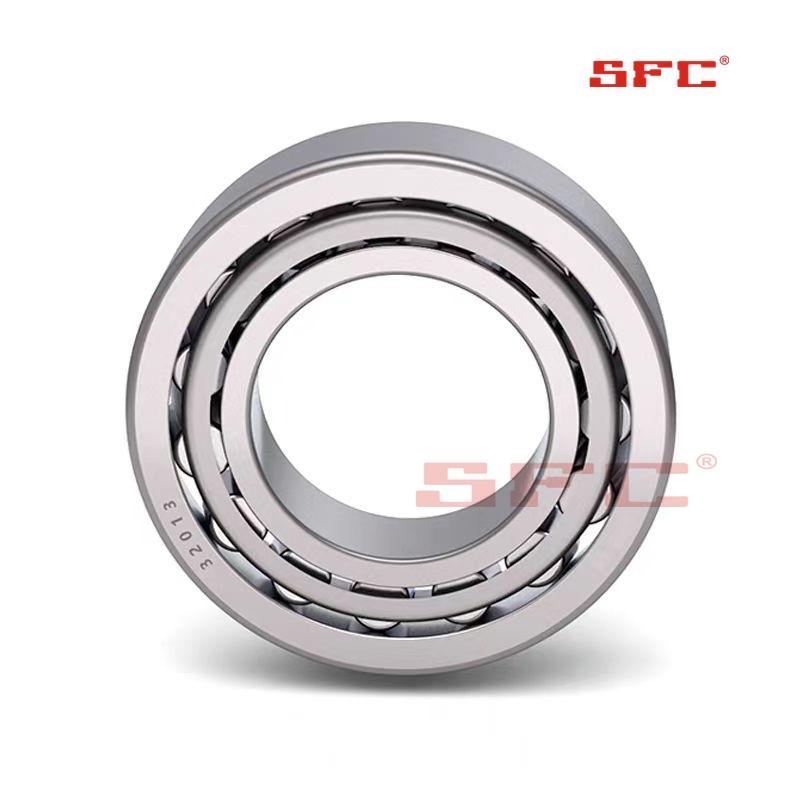The steel industry is steadily operating, and the demand for industrial steel continues to increase
The latest data released by the China Iron and Steel Industry Association shows that in the first five months of 2025, key domestic steel enterprises have produced a total of 355 million tons of crude steel, a slight decrease of 0.1% compared to the same period last year; The production of pig iron was 314 million tons, a year-on-year increase of 0.3%; The total output of steel reached 352 million tons, an increase of 2.1% year-on-year. At the same time, the export performance of steel products is impressive, with a net export volume of crude steel exceeding 50 million tons in the first five months, an increase of 8.79 million tons compared to the same period last year. Overall, the current operation of the steel industry remains stable and shows a positive and positive development trend.
The sales volume of industrial steel has grown significantly, and the market structure is accelerating its transformation
With the continuous upgrading of China's manufacturing industry, the structure of steel consumption is undergoing significant changes. The increasing demand for steel in the industrial sector, represented by mechanical manufacturing and equipment manufacturing, is driving the continuous increase in the proportion of industrial steel in the market.
At a steel trading company in Beijing, there is a constant stream of transportation vehicles on site, and staff are carrying out loading operations. According to the person in charge of the enterprise, the main product currently being shipped is galvanized square tube, which is widely used in various mechanical equipment and industrial facilities and has good processing performance and durability.
The head of the company said, "Our total sales this year have increased by about 12% compared to last year, with the growth mainly coming from industrial steel products. These products are mostly used in automation equipment, new energy related manufacturing, and green factory construction
The proportion of steel used in construction is stabilizing, and industrial applications have become a new growth level
For many years, the construction industry has been the main sector for steel consumption. But in recent years, with the deepening of the new industrialization strategy, the rapid development of industries centered on high-end manufacturing has driven a large demand for high-quality industrial steel.
According to relevant statistics, the market share of industrial steel and construction steel will be basically equal in 2024, each accounting for about half. From the perspective of development trends, the consumption of steel in the industrial sector will continue to grow in the future, and its position in the overall consumption structure will become more prominent.
This transformation not only reflects the optimization and upgrading of China's industrial structure, but also puts forward new requirements for the production direction of steel enterprises. More and more steel mills are adjusting their product layout and increasing their research and development investment in high value-added industrial steel to meet the increasing demand for product quality and technical performance from downstream users.
Promote green development and build a high-quality development pattern
Currently, the steel industry is at a critical stage of transitioning from scale expansion to quality and efficiency oriented development. Under the guidance of the national "dual carbon" target, energy conservation and emission reduction, intelligent manufacturing, and green production processes have become key directions for industry transformation and upgrading.
With the increasing demand for high-performance and environmentally friendly steel in industrial manufacturing, the ability of enterprises in technology research and development, energy conservation and consumption reduction, and product differentiation will become an important factor affecting competitiveness. The steel industry is gradually transitioning from traditional manufacturing to modern, intelligent, and green production through technological innovation and management optimization.
Overall, driven by policy support, industrial upgrading, and changes in market demand, China's steel industry is steadily moving towards a more efficient, low-carbon, and sustainable direction. The increasing demand for industrial steel also provides strong support for the structural adjustment and long-term healthy development of the industry.
[Warm Tip




